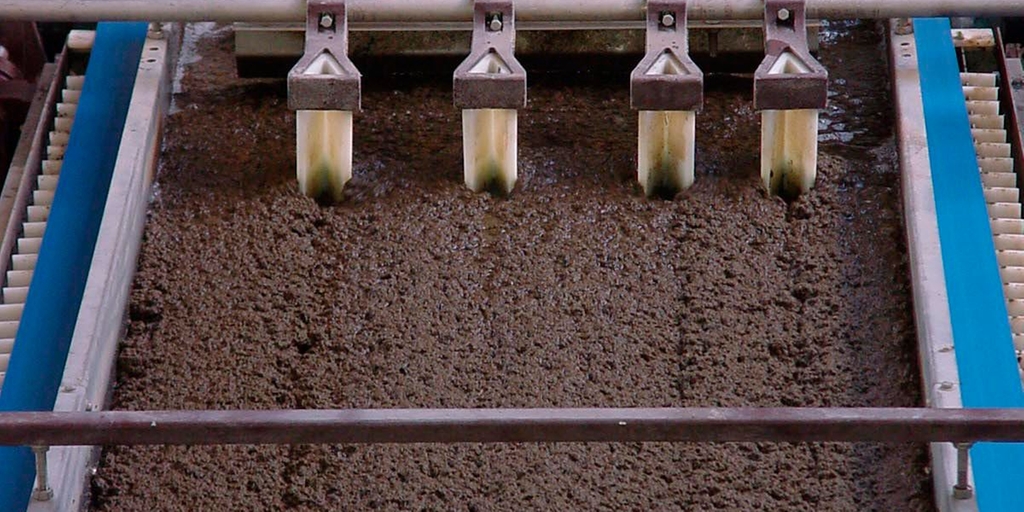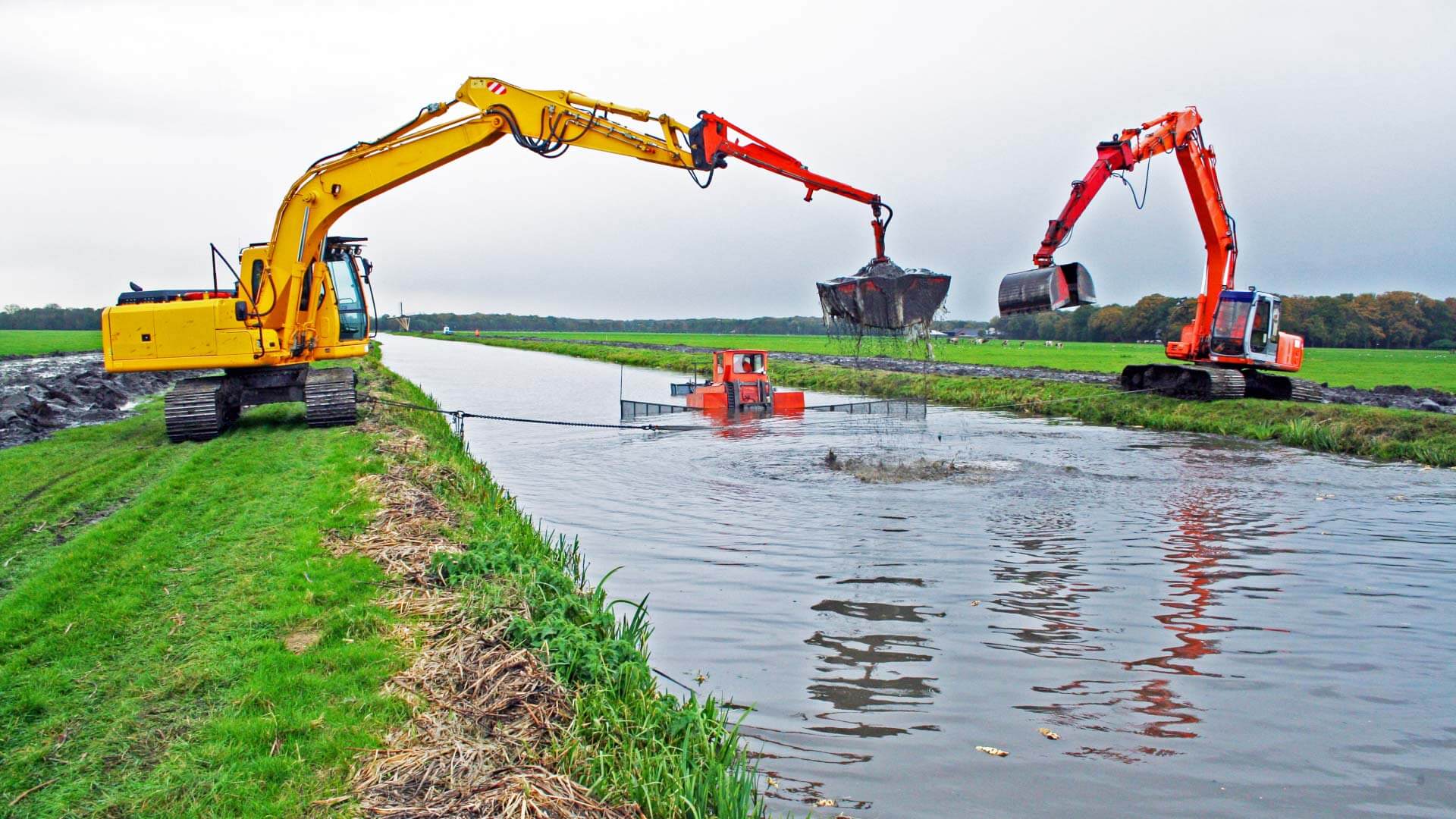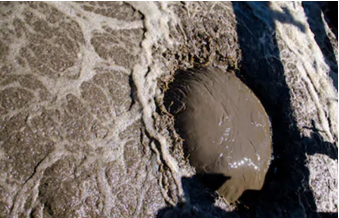Sludge Testing
Patholab is the best diagnostic lab in the city. I have great experience with them. The provide authentic results & have the best environment inside here. I highly recommend them. Patholab is the best diagnostic lab in the city. I have great experience with them. The provide authentic results.
Why Sludge Testing Matters
Understanding the composition of sludge is crucial for:
- Environmental Protection: Preventing soil and water contamination by identifying hazardous constituents.
- Regulatory Compliance: Meeting local and international standards for waste disposal and treatment.
- Resource Recovery: Identifying valuable components for potential reuse or energy generation.
Ecoscan Lab’s sludge tests include
- Activated sludge
- Domestic sewage sludge
- Industrial wastewater sludge
- Feed water sludge
- Humus sludge
- Chemical sludge
- Sedimentation sludge
Ecoscan Lab’s testing solutions for sludge include but are not limited to
- Routine testing items:
- Chemical analysis
- Microbiological analysis
- Metals analysis
- Sludge disposal test items:
- Agricultural use, land improvement, landscaping
| Services | Testing Items |
|---|---|
| Physical and chemical indicators | pH, water content, etc. |
| Nutrients | Total nutrients (total nitrogen, total phosphorus, total potassium), organic matters, etc. |
| Biological indicators | Fecal coliform bacteria, total number of bacteria, mortality of ascaris eggs, etc. |
| Pollutant indicators | Total cadmium, total mercury, total lead, total chromium, total arsenic, total copper, total zinc, total nickel, total boron, available boron, mineral oil, benzo(a)pyrene, adsorbable organic halides, etc. |
- Brick making
| Services | Testing Items |
|---|---|
| Physical and chemical indicators | pH, water content, etc. |
| Nutrients | Total nutrients (total nitrogen, total phosphorus, total potassium), organic matters, etc. |
| Biological indicators | Fecal coliform bacteria, total number of bacteria, mortality of ascaris eggs, etc. |
| Pollutant indicators | Total cadmium, total mercury, total lead, total chromium, total arsenic, total copper, total zinc, total nickel, total boron, available boron, mineral oil, benzo(a)pyrene, adsorbable organic halides, etc. |
- Mixed Landfill
| Services | Testing Items |
|---|---|
| Physical and chemical indicators | pH, water content, etc. |
| Hygiene indicators | Fecal coliform bacteria, worm egg mortality, etc. |
| Pollutant indicators | Total cadmium, total mercury, total lead, total chromium, total arsenic, total copper, total zinc, total nickel, total boron, available boron, mineral oil, benzo(a)pyrene, adsorbable organic halides, etc. |
- Incineration
| Services | Testing Items |
|---|---|
| Air pollutant emission indicators | Soot, smoke blackness, carbon monoxide, nitrogen oxides, sulfur dioxide, hydrogen chloride, dioxins, mercury, lead, cadmium, etc. |
| Pollutant indicators | Total cadmium, total mercury, total lead, total chromium, total arsenic, total copper, total zinc, total nickel, total boron, available boron, mineral oil, benzo(a)pyrene, adsorbable organic halides, etc. |
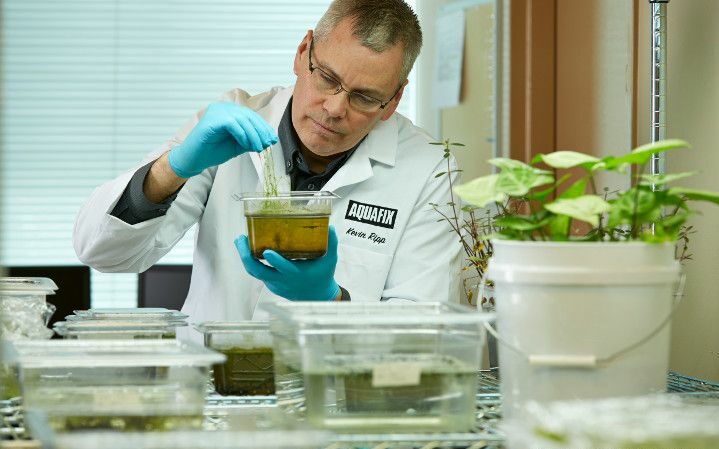
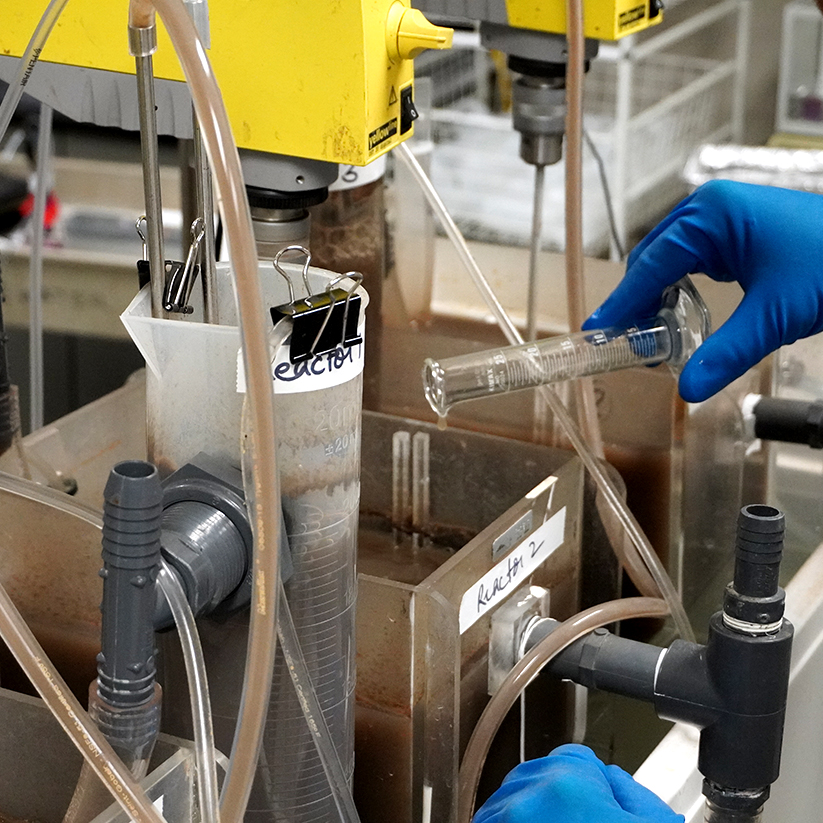
Techniques for sludge testing
Drying Oven
Drying Oven: Used for drying sludge samples to determine moisture content.
Atomic Absorption Spectrometer
Atomic Absorption Spectrometer: Precisely detects the content of heavy metal elements.
ICP-MS
Inductively Coupled Plasma Mass Spectrometer (ICP-MS): Used to measure the content of various metal elements, with high sensitivity and a wide linear range.
GC-MS
Gas Chromatograph-Mass Spectrometer (GC-MS): Mainly used for detecting organic pollutants, such as polycyclic aromatic hydrocarbons (PAHs) and polychlorinated biphenyls (PCBs).


